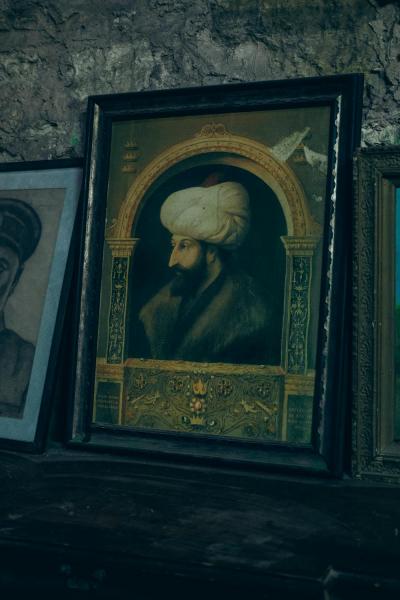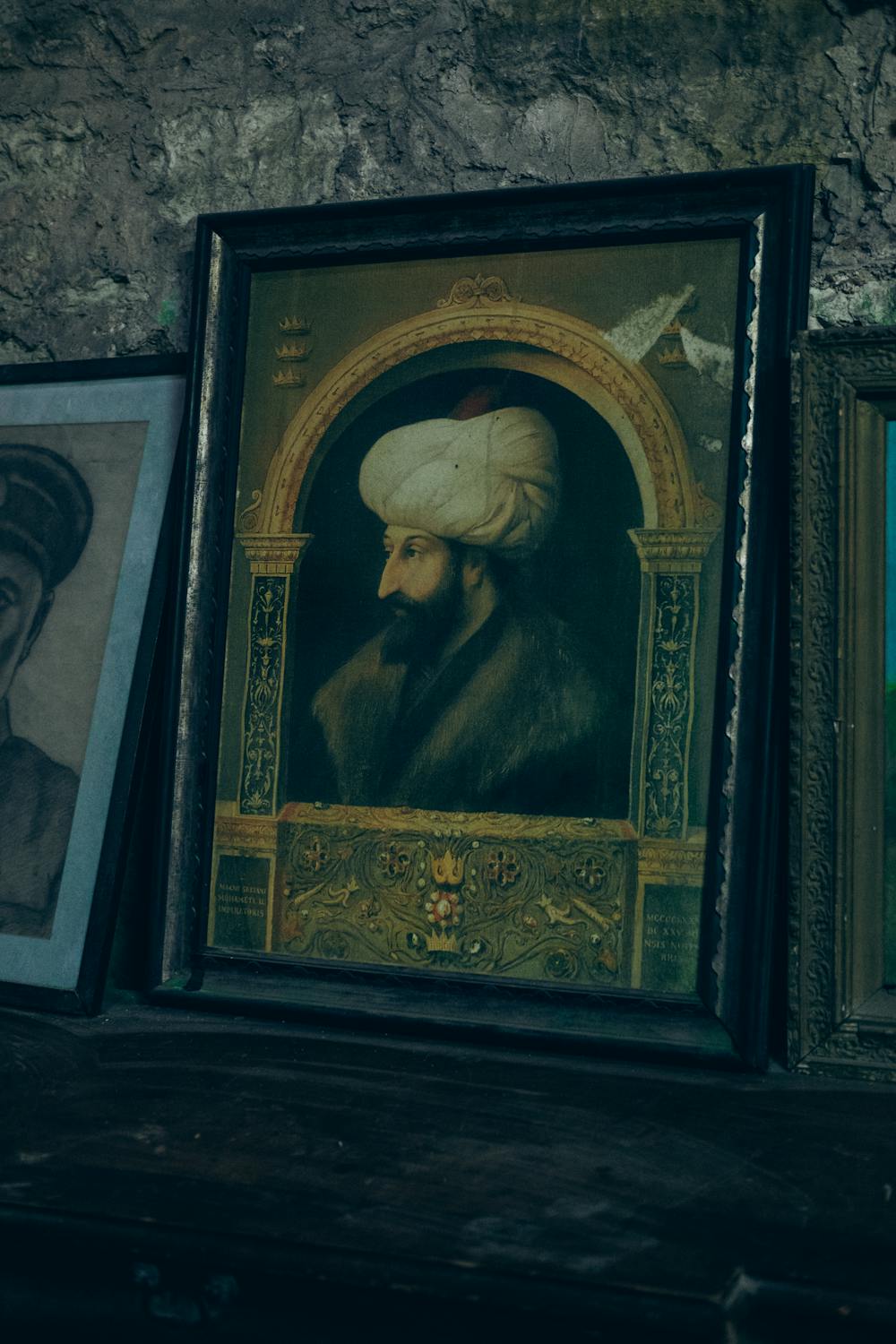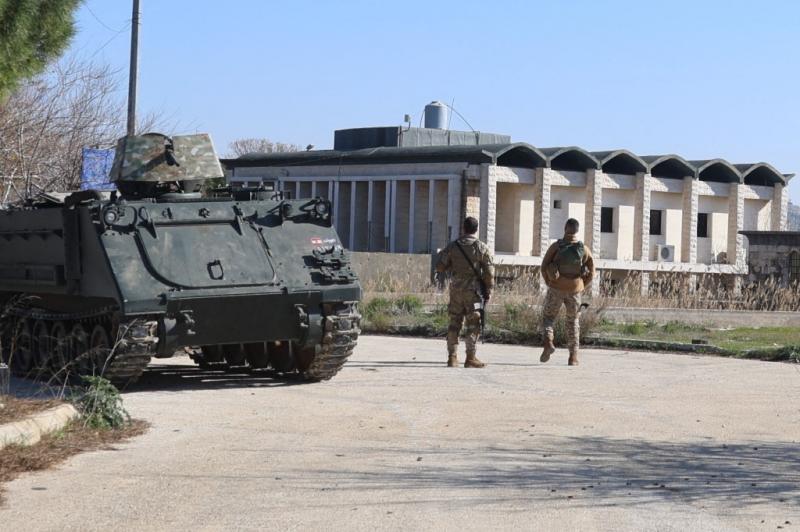In 1453, Sultan Mehmed II, known as the Conqueror, besieged Constantinople, the Byzantine capital, with a massive army estimated at around 100,000 soldiers, while the Byzantine Emperor Constantine XI led the city's defense with forces of no more than 8,000 defenders.
Constantinople was protected by powerful fortifications, with walls that reached heights of up to 12 meters and thicknesses of 5 meters, making the city resemble an impregnable fortress.
Although the Ottoman forces outnumbered the defenders by 12 to 1, the battle lasted over 50 days without a successful breach of the defenses.
After several unsuccessful attempts by the Ottomans to break through the walls, the great mistake, or the great betrayal, occurred when one of the city's defenders forgot to close the “Kerkaporta Gate,” a small gate located on the rear walls. An Ottoman soldier noticed this, and quickly the news reached the Sultan, who ordered his troops to attack immediately through that gate. This allowed them to infiltrate the city and cause chaos among the defenders, scattering their ranks.
Once the Ottomans entered, the Byzantine defense lines collapsed, and Emperor Constantine was killed during the battle. Sultan Mehmed II then entered Constantinople, achieving a victory that would change the world, as the city became the capital of the Ottoman Empire and was later renamed "Istanbul," marking the end of the Byzantine Empire, which had lasted for over 1,100 years. The Byzantine Empire had been a bridge between the East and the West and played a crucial role in shaping both European and Islamic history.
Sometimes, it is not solely military strength that is decisive, but rather human errors or betrayals that can be the determining factor in the fate of nations.
 French
French













